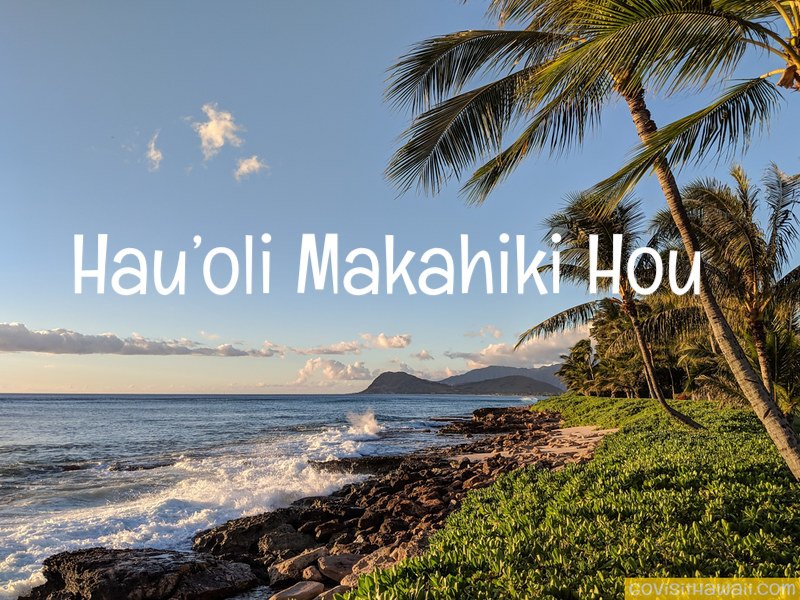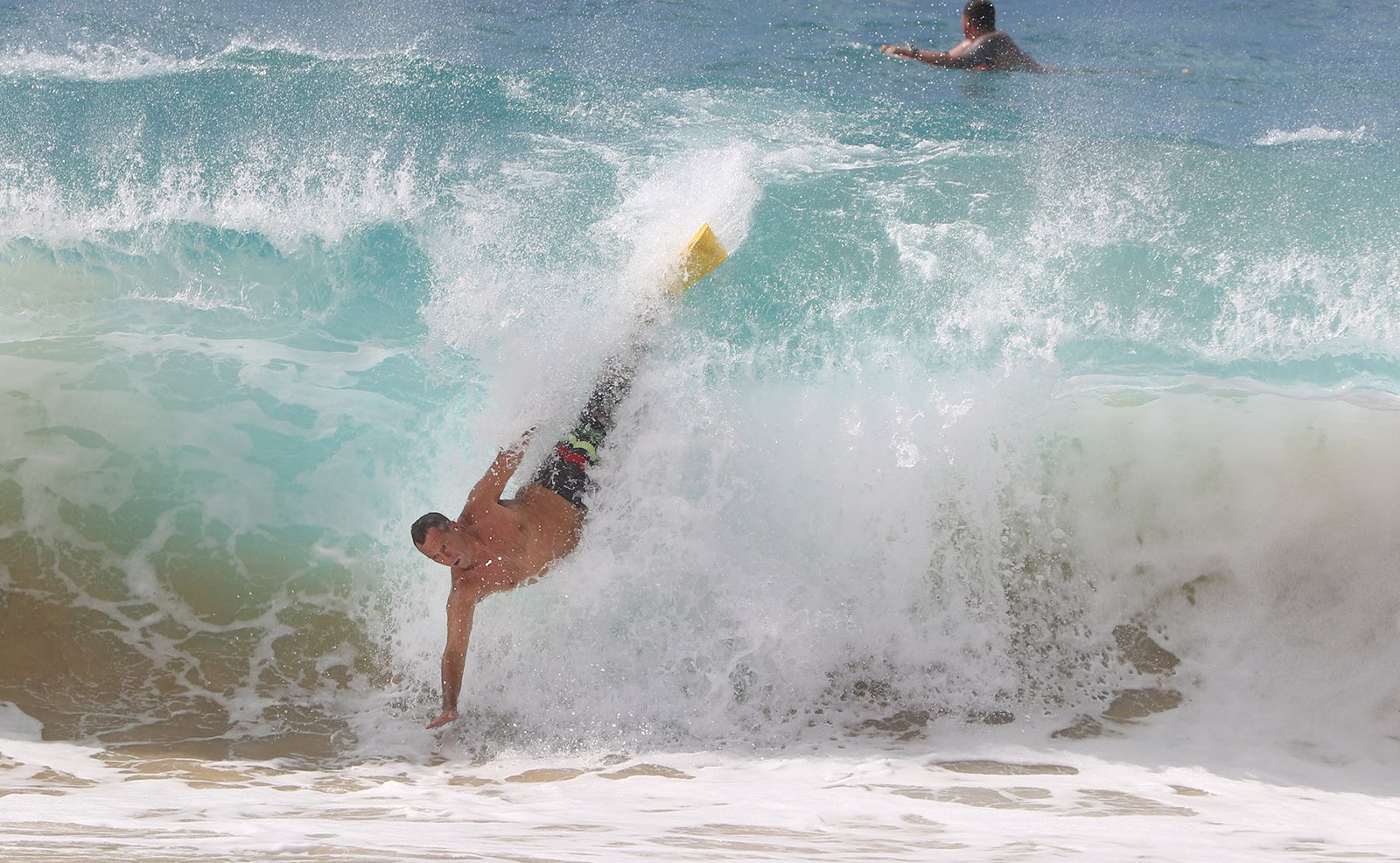An estimated 12,700 homes in Hawaii lack adequate broadband service, but the state expects to begin awarding contracts to deliver higher levels of service to those properties by the end of the next year.
Nearly $150 million in federal funding has been earmarked for Hawaii under the Broadband Equity, Access and Deployment program, one of several federal initiatives designed to provide better service to more people.
The state will likely distribute much of that BEAD funding to internet providers such as Charter Communications or Hawaiian Telcom, which will then arrange for fiber cable to be strung to many of the properties that now have substandard service.
But before the state can tap into that money, it needs to confirm which properties in Hawaii have substandard service. Many of the locations that have already been identified are in isolated rural communities such as Hawaiian Ocean View Estates in the Ka’u District of the Big Island.
“One of the goals is to make sure that areas like Puna, areas like Hana, areas like Molokai or some of the rural areas on Oahu are just as well connected as if you are living in urban Honolulu,” said Lt. Gov. Sylvia Luke, who is coordinating the various broadband initiatives on behalf of Gov. Josh Green’s administration.


To solve that puzzle, the state is inviting the public to help identify which locations and communities ought to benefit from an unprecedented outpouring of federal funds to expand the reach of high-speed broadband internet service in Hawaii.
Luke is urging the public to submit comments on the initial BEAD proposal between now and Dec. 10 to help guide the initiative.
New Web Portal
The state will launch a new web portal to highlight its broadband initiatives on Tuesday, and that portal will link to maps that display the homes and businesses in Hawaii that experts believe now lack adequate broadband service.
The BEAD money is part of more than $42 billion being distributed to all 50 states, the District of Columbia and five U.S. territories under the Infrastructure Investment and Jobs Act that Congress passed and President Joe Biden signed into law in 2021.
In all, the state is on track to receive $400 million or more from various sources of federal funding to improve broadband access and service. Luke said the web portal will allow the public to see how all of the different broadband initiatives are interconnected.
“The end game is, 100% of residential locations have access to service.”
Garret Yoshimi of the University of Hawaii
Apart from the BEAD program, the federal government is kicking in more than $115 million from the Coronavirus Capital Projects Fund that will be spent on improving broadband service in public housing and other projects.
Hawaiian Telcom has also been awarded another $37 million in federal funds to install additional submarine cabling around the islands, and has pledged another $50 million in private money and in-kind contributions for the same project.
The state is also anticipating another $90 million from the Tribal Broadband Connectivity Program to upgrade and extend service on Hawaiian Home Lands.
As for the BEAD funding, the state on Tuesday will post Parts 1 and 2 of the “initial proposal” it has submitted to the National Telecommunications and Information Administration for the BEAD project. Hawaii will also launch a portal called connectkakou.org to help solicit public input.
“The end game is, 100% of residential locations have access to service,” said Garret Yoshimi, chief information officer for the University of Hawaii. “The principle around this deployment is we have access available to high-speed internet to 100% of the identified residential locations.”
Confirming Locations
The University of Hawaii’s “Broadband for Hawaii” website offers guidance on how to use maps produced by the Federal Communications Commission that portray which locations have adequate service.
It also includes instructions for reporting inaccurate information. Yoshimi said that “one of the biggest challenges from the beginning” has been to fact-check the accuracy of the existing maps, which are supposed reflect the levels of service available at each structure.
“Adequate” broadband access is defined as service of at least 100 megabits per second download, and 20 mbs uploads, although Yoshimi said the state would like to see to it that homes have faster service than that minimum.
In many cases, providing that level of service will require string fiber optic cable to homes in rural areas. But Yoshimi said that for extremely isolated properties — such as homes that are several miles from any main highway — it may be cheaper for the state to deliver some type of satellite service.
The state intends to begin signing deals to have that work done by the end of 2024, he said.
He described the surge in federal funding as “a huge opportunity. Assuming we do it right, it will actually make a difference for a lot of people.”







Leave A Comment